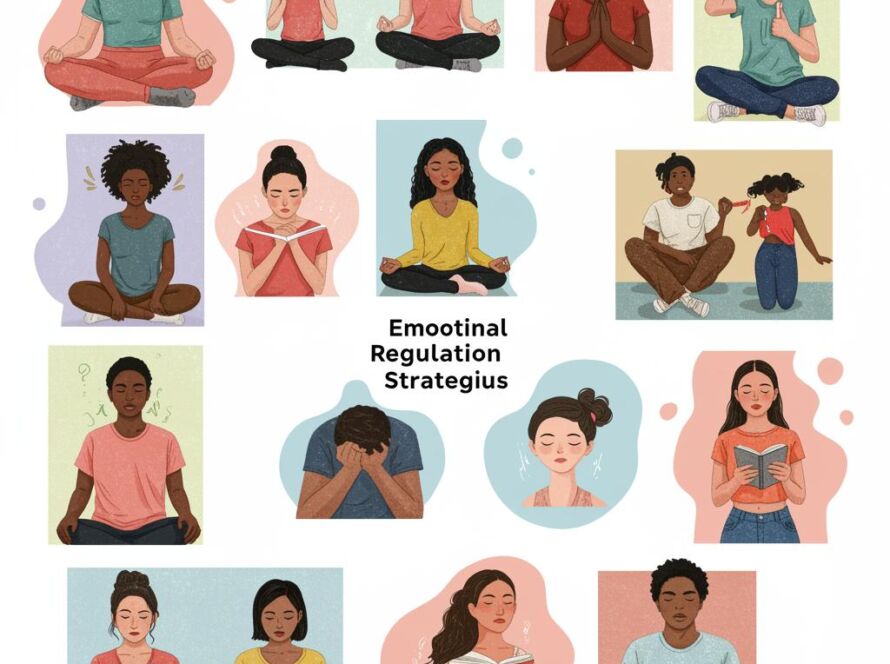Mindfulness Practice Guide: Find Peace & Focus
Mindfulness Practice Guide: A Path to Present Moment Awareness
In today’s fast-paced world, our minds are often caught in a whirlwind of thoughts, worries, and to-do lists. Mindfulness offers an antidote to this constant mental chatter, providing a pathway to greater peace, focus, and well-being. This guide will explore the principles of mindfulness and offer practical techniques to integrate this powerful practice into your daily life.
What is Mindfulness?
Mindfulness is the practice of paying attention to the present moment without judgment. It involves observing your thoughts, feelings, and bodily sensations as they arise, without getting carried away by them. It’s about cultivating a state of non-reactive awareness, allowing you to experience life more fully and respond to challenges with greater clarity and composure.
Getting Started with Mindfulness
1. Body Scan Meditation
The body scan is a foundational mindfulness practice that helps you connect with your physical sensations. Lie down comfortably and bring your attention to different parts of your body, starting with your toes and moving upwards. Notice any sensations without judgment, simply observing them as they are.
2. Mindful Breathing
Focusing on your breath is a simple yet powerful way to anchor yourself in the present moment. Find a comfortable seated position and close your eyes if you wish. Pay attention to the natural rhythm of your breath as it enters and leaves your body. When your mind wanders, gently redirect your attention back to your breath.
3. Mindful Walking
Mindful walking brings awareness to the physical sensations of walking. Pay attention to the feeling of your feet making contact with the ground, the movement of your legs, and the rhythm of your steps. Engage all your senses and notice the sights, sounds, and smells around you.
Integrating Mindfulness into Daily Life
Mindfulness isn’t limited to formal meditation practices. You can integrate it into everyday activities to cultivate present moment awareness throughout your day.
Mindful Eating
Pay attention to the taste, texture, and smell of your food. Eat slowly and savor each bite, appreciating the nourishment it provides.
Mindful Listening
When engaging in conversations, truly listen to the other person without interrupting or formulating your response. Pay attention to their words, tone of voice, and body language.
Mindful Chores
Even mundane tasks like washing dishes or folding laundry can become opportunities for mindfulness. Engage all your senses and pay attention to the details of the activity.
Overcoming Challenges in Mindfulness Practice
It’s common to experience challenges when starting a mindfulness practice. Your mind will wander, and you might feel restless or frustrated. These are natural parts of the process.
Dealing with a Wandering Mind
When you notice your mind has wandered, gently acknowledge the thought and redirect your attention back to your chosen anchor, such as your breath or body sensations. Don’t judge yourself for having wandering thoughts; simply observe them and let them go.
Cultivating Patience and Self-Compassion
Mindfulness is a skill that takes time and practice to develop. Be patient with yourself and celebrate small victories. Treat yourself with kindness and understanding, especially when you find it challenging to stay present.
Conclusion
Mindfulness is a powerful tool for cultivating greater peace, focus, and well-being. By incorporating these practices into your daily life, you can learn to manage stress, reduce anxiety, and appreciate the richness of the present moment. Remember that consistency is key. Start small, be patient with yourself, and enjoy the journey of cultivating present moment awareness.



